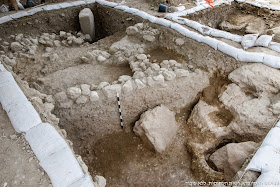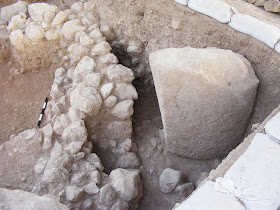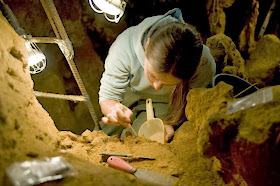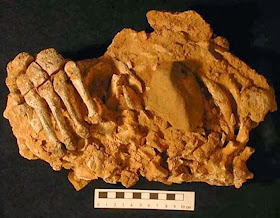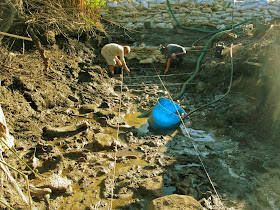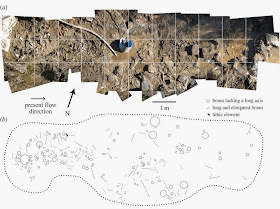Carolina Naturally is read in 194 countries around the world daily.
Don't forget to visit our sister blog: It Is What It Is
Some of our readers today have been in:
The Americas
Byward Market, Saint John's, Mississauga, Lansing, Montreal, Ottawa, Blainville, Pikangikum and Vancouver, Canada
Valencia, Venezuela
Rosario, San Isidro and Buenos Aires, Argentina
Caguas and San Juan, Puerto Rico
Curitiba, Rio De Janeiro and Campinas, Brazil
Tijuana, Mexico
Tipitapa, Nicaragua
Raritan, Dekalb, Massillon, Yonkers, Delano and Gurnee, United States
Europe
Gistrup and Copenhagen, Denmak
Vinicne Sumice, Czech Republic
Salon-De-Provence, Coutances, Cherbourg-Octeville, Oulins and Boulogne-Billancourt, France
Rome, Pisa, Cavallino and Ivera, Italy
Kuopio and Nokia, Finland
Ryazin, Moscow, Russia
London, Manchester, Liverpool, Leicester and Guilford, England
Dublin and Swords, Ireland
Zhovti Vody, Ukraine
Cadiz, Madrid and Zeanuri, Spain
Dobanovci, Serbia
Rothe Erde, Dusseldorf, Nuremberg, Aalen, Nordend-Ost and Berlin, Germany
Antwerp, Belgium
Sandsli and Slemmestad, Norway
Porto, Portugal
Kista, Sweden
Ankara, Turkey
Warsaw, Poland
Steinsil, Luxembourg
Miskolc, Hungary
Newport, Wales
Zagreb, Croatia
Tbilisi, Georgia
Sarajevo, Bosnia and Herzegovina
Asia
New
Delhi, Pondicherry, Thiruvananthapuram, Tumkur, Shillong, Kolkata,
Pune, Bhilwara, Kottayam, Coimbatore, Meerut and Vengavasal, India
Tehran and Mashhad, Iran
Jakarta, Johor Bahru, Gubengairlangga and Semarang, Indonesia
Galkissa, Colombo and Vavuniya, Sri Lanka
Kuala Lumpur, Shah Alam, Bayan Lepas and Kota Kinabalu, Malaysia
Karachi, Islamabad and Multan, Pakistan
Seoul, Korea
Hayil, Saudi Arabia
Doha, Qatar
Dhaka, Bangladesh
Thanh Pho Ho Chi Minh, Vietnam
Taipei Taiwan
Beijing, China
Africa
Johannesburg, Pretoria and Cape Town, South Africa
Manouiba, Tunisia
Rabat and Casablanca, Morocco
Dar Es Salaam, Tanzania
Omdurman, Sudan
Pacific
Homebush, Australia
Port Moresby, Papua New Guinea
Mandaluyong City and Manila, Philippines










 Real-life
robberies are often the subject of our "dumb criminal" posts, but every
once in a while, thieves pull off a caper that is so brazen, clever, or
just plain huge that you mentally compare it to a Hollywood film. Some
of these real-life scripts would be rejected because they're "not
believable." Of course, the most impressive robberies are those that are
successful. Consider the case of the 2012 jewelry heist at Fraser Hart
jewelers at a mall in London. A half-dozen guys dressed in black on
motorcycles roared up to the second floor and smashed jewelry cases with
axes!
Real-life
robberies are often the subject of our "dumb criminal" posts, but every
once in a while, thieves pull off a caper that is so brazen, clever, or
just plain huge that you mentally compare it to a Hollywood film. Some
of these real-life scripts would be rejected because they're "not
believable." Of course, the most impressive robberies are those that are
successful. Consider the case of the 2012 jewelry heist at Fraser Hart
jewelers at a mall in London. A half-dozen guys dressed in black on
motorcycles roared up to the second floor and smashed jewelry cases with
axes! 






